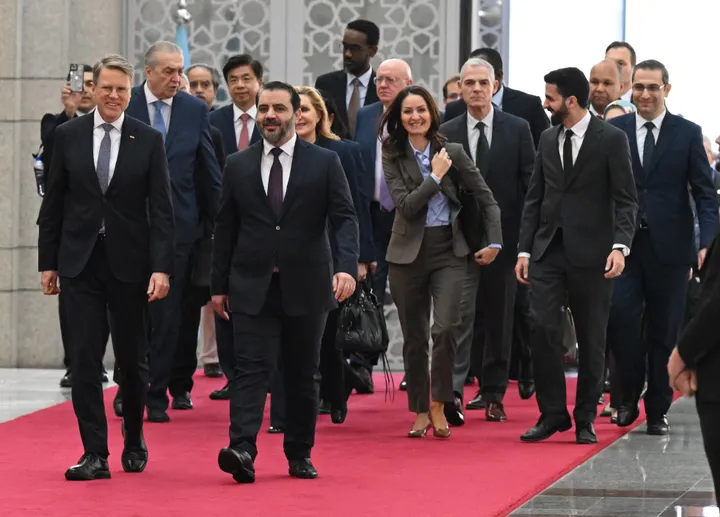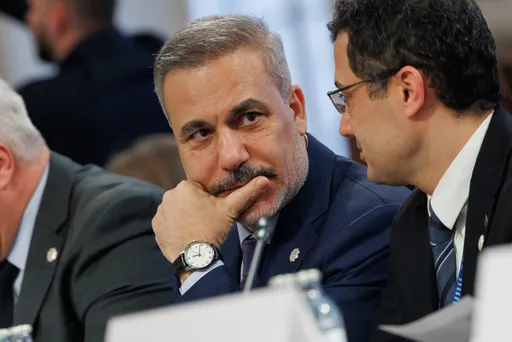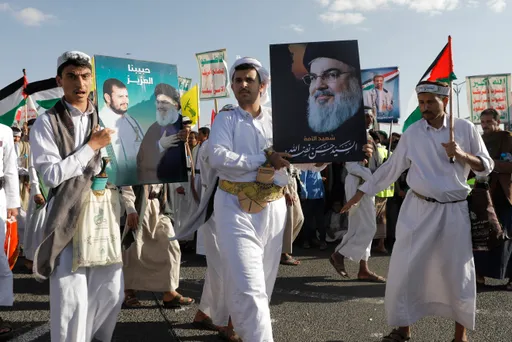Russian fighter jets have flown dangerously close to several US drone aircraft over Syria again, setting off flares and forcing the MQ-9 Reapers to take evasive manoeuvres, the US Air Force said.
It was the second time in 24 hours that Russia had allegedly harassed US drones there.
"We urge Russian forces in Syria to cease this reckless behaviour and adhere to the standards of behaviour expected of a professional air force so we can resume our focus on the enduring defeat of ISIS [Daesh]," Lieutenant General Alex Grynkewich, head of US Air Forces Central Command, said in a statement on Thursday.
Russia did not immediately comment on the US claims.
Colonel Michael Andrews, Air Forces Central Command spokesperson, said "the Russian harassment, including close fly-bys, by one SU-34 and one SU-35 and deploying flares directly into the MQ-9, lasted almost an hour. So it wasn't a quick fly-by, but much more of a sustained and unprofessional interaction."
US Air Forces Central released videos of the two separate incidents that took place on Wednesday and Thursday.
In the first incident, which took place about 10:40 am local time on Wednesday in Northwest Syria, Russian SU-35 fighters closed in on a Reaper, and one of the Russian pilots moved their aircraft in front of a drone and engaged the SU-35’s afterburner, which greatly increases its speed and air pressure.
The jet blast from the afterburner can potentially damage the Reaper’s electronics, and Grynkewich said it reduced the drone operator's ability to safely operate the aircraft.
Later, a number of the so-called parachute flares moved into the drone's flight path. The flares are attached to parachutes.
Risk of miscalculation
In the second incident, which took place over Northwest Syria around 9:30 am [local time] on Thursday local time, "Russian aircraft dropped flares in front of the drones and flew dangerously close, endangering the safety of all aircraft involved," Grynkewich said.
The drones were not armed with weapons and were used for reconnaissance missions.
Army General Erik Kurilla, head of US Central Command, said in a statement that Russia's violation of ongoing efforts to clear the airspace over Syria "increases the risk of escalation or miscalculation."
About 900 US forces are deployed to Syria to work with the so-called SDF — a Washington-backed militant group driven by YPG/PKK terror outfit.
No other details about the drone operation were provided.
























